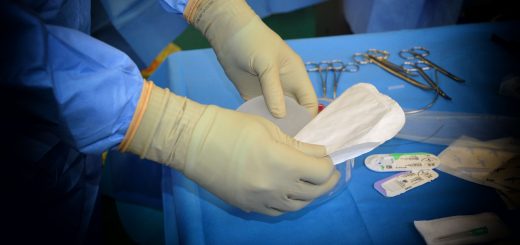Undeniable Facts About Nail Bracing Treatment
We don’t think about them often – we literally gloss over then sometimes – but toenails can be quite intriguing. They are made of the same material as our hair and help us keep our balance by allowing us to feel our surroundings better. Of course, it isn’t so much fun when you’re suffering from curved toenails, a condition where the sides of the toenail curve inwards causing it to dig into the skin surrounding it. This can trigger other disorders such as ingrown toenails which can bring further pain not to forget the unwanted swelling, redness and worst of all, infections (if left untreated). Now, what can you do to prevent your toenails from curling inwards?
We’ve all heard about dental braces, but did you know that there are also braces designed explicitly for toenails? Yes, you read that right! Just like the teeth, our toenails sometimes need a small tweak. Very similar to dental braces, corrective nail braces use tension to exert a change in the tissues – making your toenails look on fleek again and guess what? No surgery required! (pretty cool, right?). So, let’s have a look at all the spellbinding facts about this fascinating treatment!
But What Is Nail Bracing?
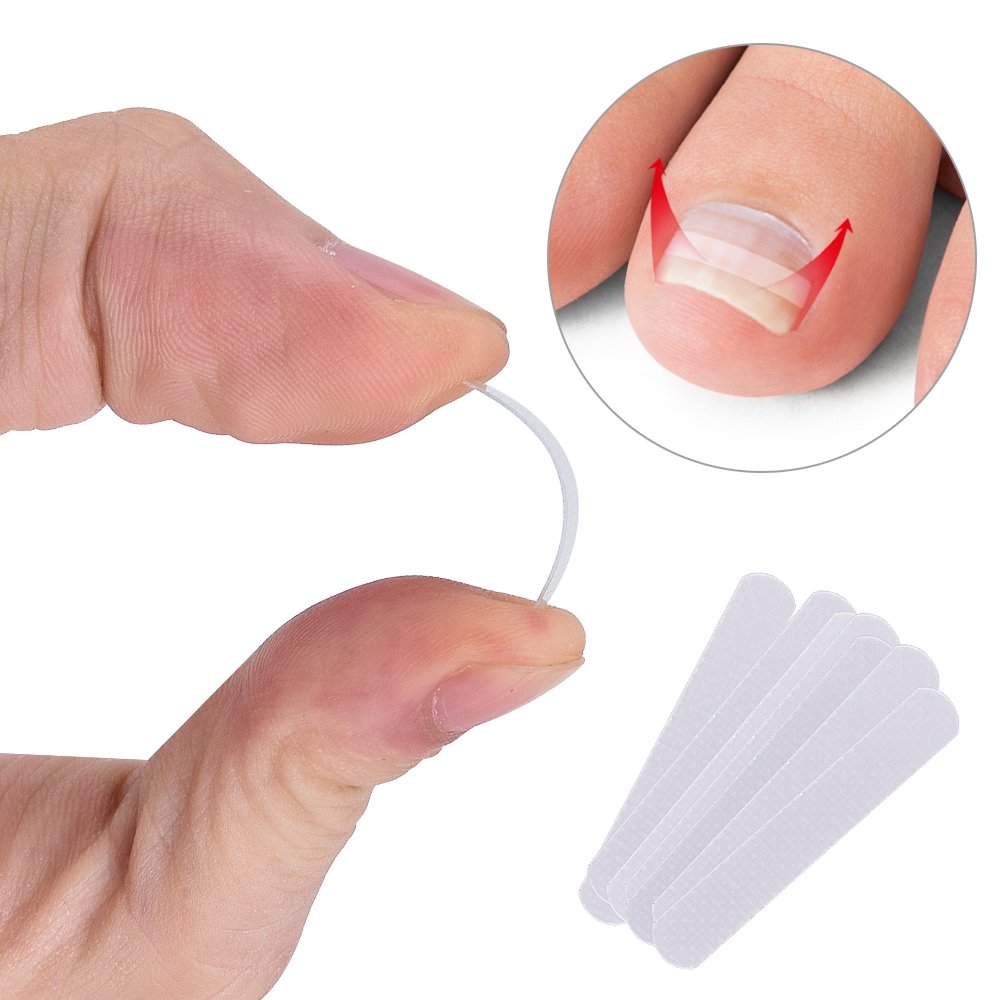
Nail Bracing is a gentle, non-surgical treatment option for ingrown toenails. In troublesome cases, an ingrown toenail can be due to excessive curvature (involution) of the nail plate. Nail bracing aims to correct the shape of the deformed nail plate, reducing the pain from the pressure on the nail bed and decreasing the formation of any hard skin (callous) that often forms in the nail groove (sulcus) due to the pressure from the nail.
How Does It Work?
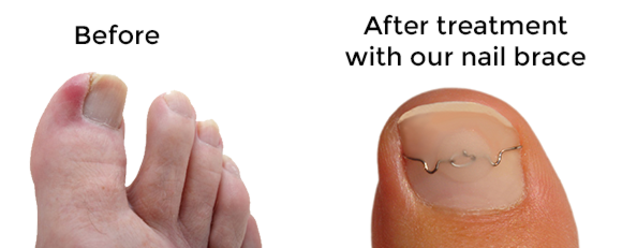
Small medical-grade wires are fastened across the nail surface and glued in place the same way braces are applied to your teeth. The nail brace acts to elevate the nail plate and unload the pressure on the underlying skin and along the nail groove. This allows the underlying skin to regain its strength and accept the pressure of the nail once more. It also elevates the nail on the toe, and in some cases, it can totally reduce the involution or inward curving of the toenail.
What Conditions Can Be Treated?

We recommend this treatment for patients who have ingrown, infected, deformed or curved nails. Ingrown toenails can be the result of poor hygiene (sweaty feet that are not regularly cleaned and dried), tight shoes, intense athletic activities that exert pressure on the toenails, or traumatic episodes that have damaged the root of the nail.
Over time this can impact the shape and contour of the nail plate, creating pressure and pain where the nail has increased its curvature against the nail bed and groove. Another cause of ingrown toenail is incorrect cutting! Most people cut their nails by following the curve of the toe; which is okay, to an extent. However, this often encourages the edge of the nail to curve and dig into the skin.
People with increased nail pressure often experience pain with footwear and activities that place high forces across the forefoot. They may seek regular podiatry care to remove the edges of the nail, pack the corners to alleviate discomfort or have the thickness of the nail reduced. All these are temporary treatments as they do not address the excessive curvature of the nail plate. Nail bracing can correct the growth of the curved nail, leading to a flatter shape, creating less pressure and pain.
An Effective Alternative for Nail Surgery
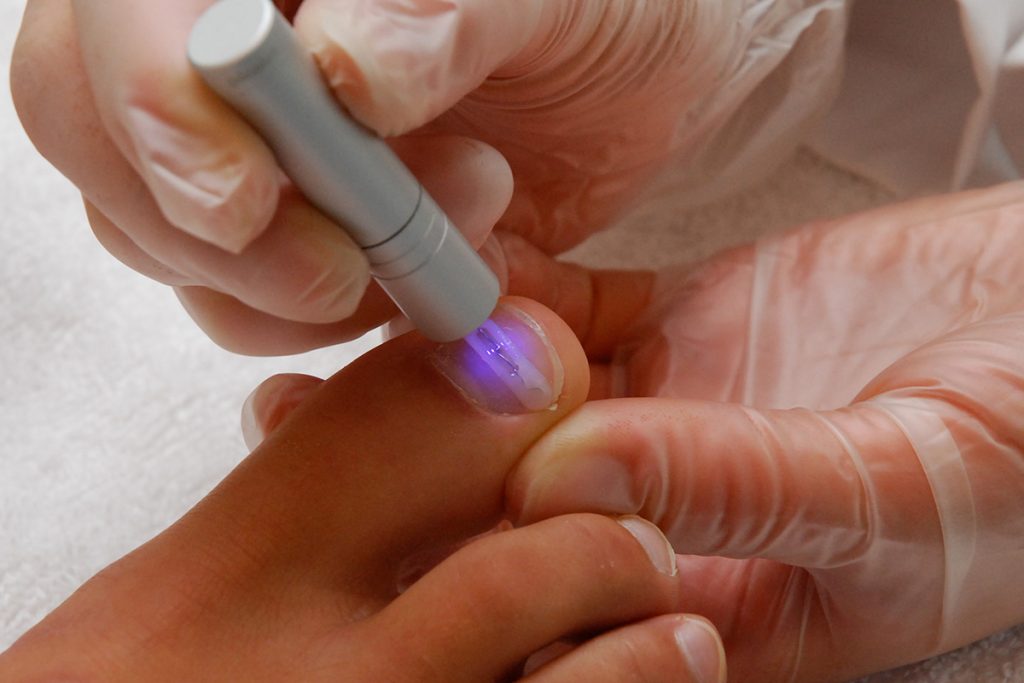
If you don’t want to undergo nail surgery, nail bracing might be the option for you. Nail bracing can be a very effective alternative for nail surgery, alleviating discomfort quickly and painlessly. As no local anaesthetic is used and no surgery performed, nail bracing is suitable for young children or those preferring not to have surgery. Nail bracing offers a solution for ingrowing nails for people with medical conditions that may limit their surgery options, such as those with diabetes.
Treatment Plan
The duration of the treatment will vary from case to case. The factors impacting your length of treatment will include the growth and strength of the affected nail, how you address the external/environmental factors that may be contributing to the condition and the end goals you and your podiatrist agree on.
Generally, treatments can take between 3 to 12 months. Follow-up consultations will be required every 4 to 6 weeks to check the firmness, position and effectiveness of the brace. Each brace does have a limited life span requiring replacement as clinically indicated.
Wearing A Nail Brace
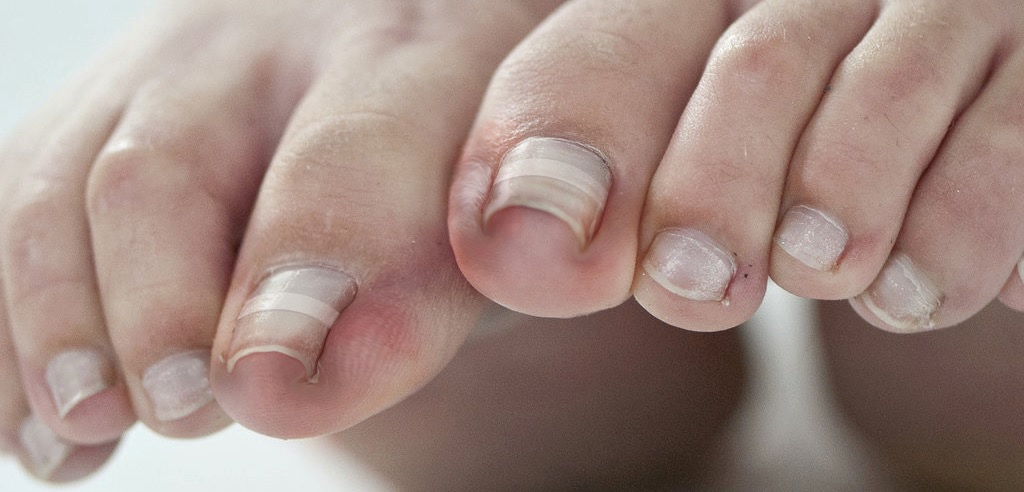
While wearing your nail brace, you can continue normal daily activities. However, it would be best if you avoided tight, narrow shoes and kicking balls with the foot being treated. If swimming, apply the non-adhesive side of a bandaid over the brace to reduce drag through the water.
Perks of Nail Bracing
- Provides both fast and long-term relief
- Simple and gentle treatment
- Immediate return to work and sport
- Customised for each condition – perfect fit
- Drug-free and safe procedure
- Instant reduction in toenail edge pressure
- Minimal restriction on activities
- No nail spikes growing back and no wound to heal
- Normal nail aesthetic
- Nail polish can be applied right after application
If your nails grow upward, have depressed nail beds, or you’ve noticed any other issues, schedule an appointment with Manningham Foot Clinic. Established 15 years ago, they provide sports and general podiatry for all types of foot and ankle conditions.


